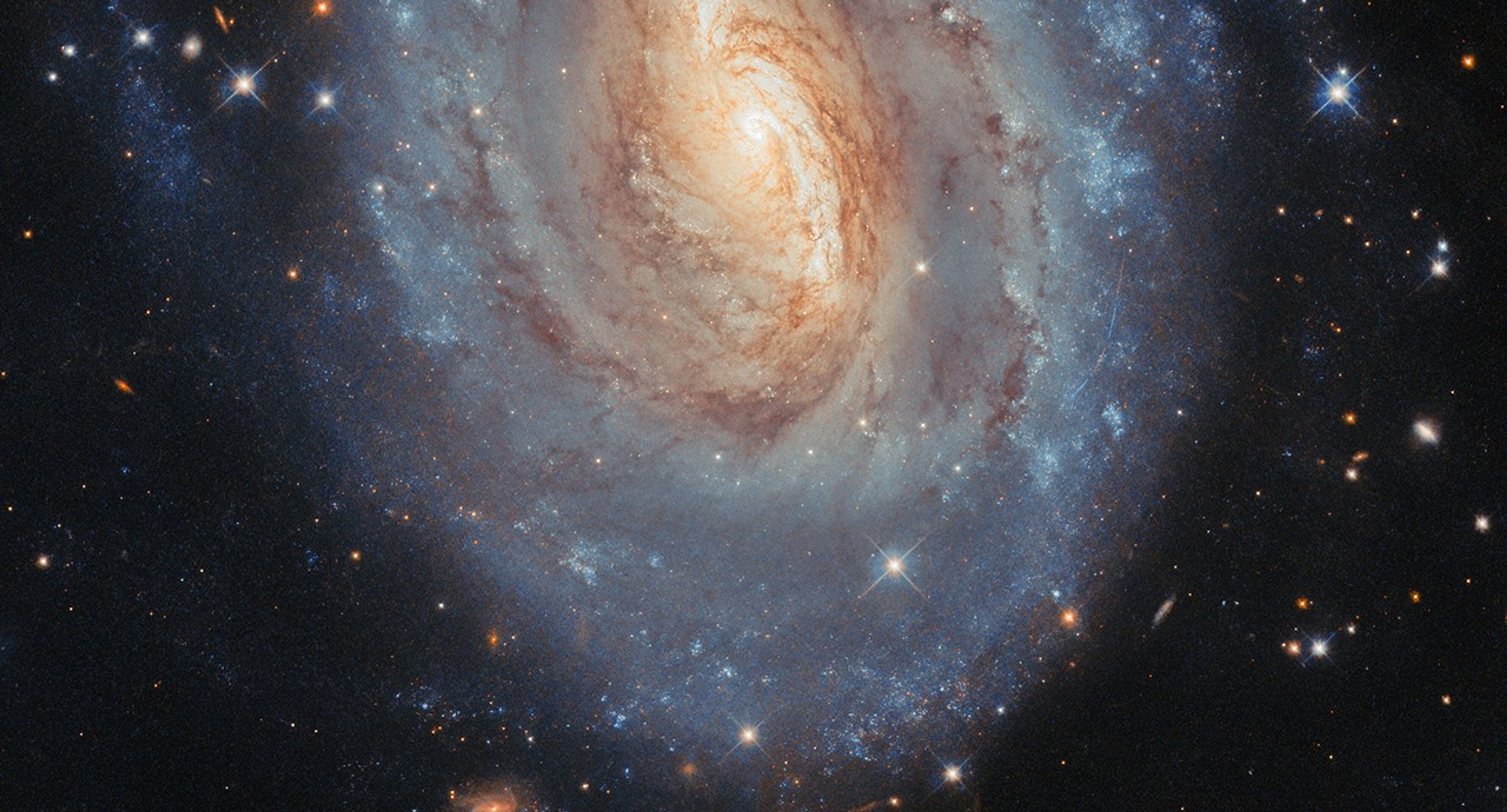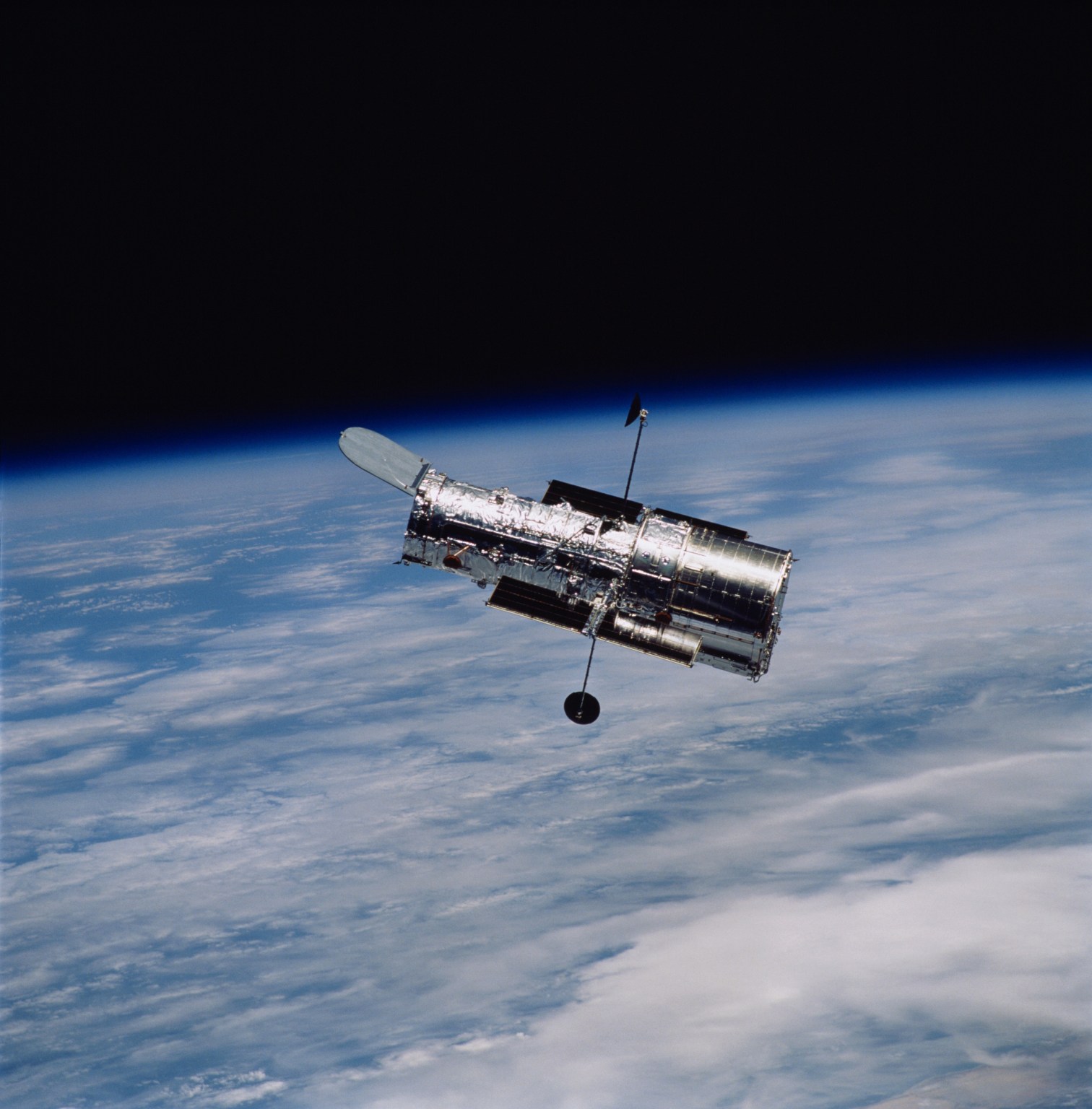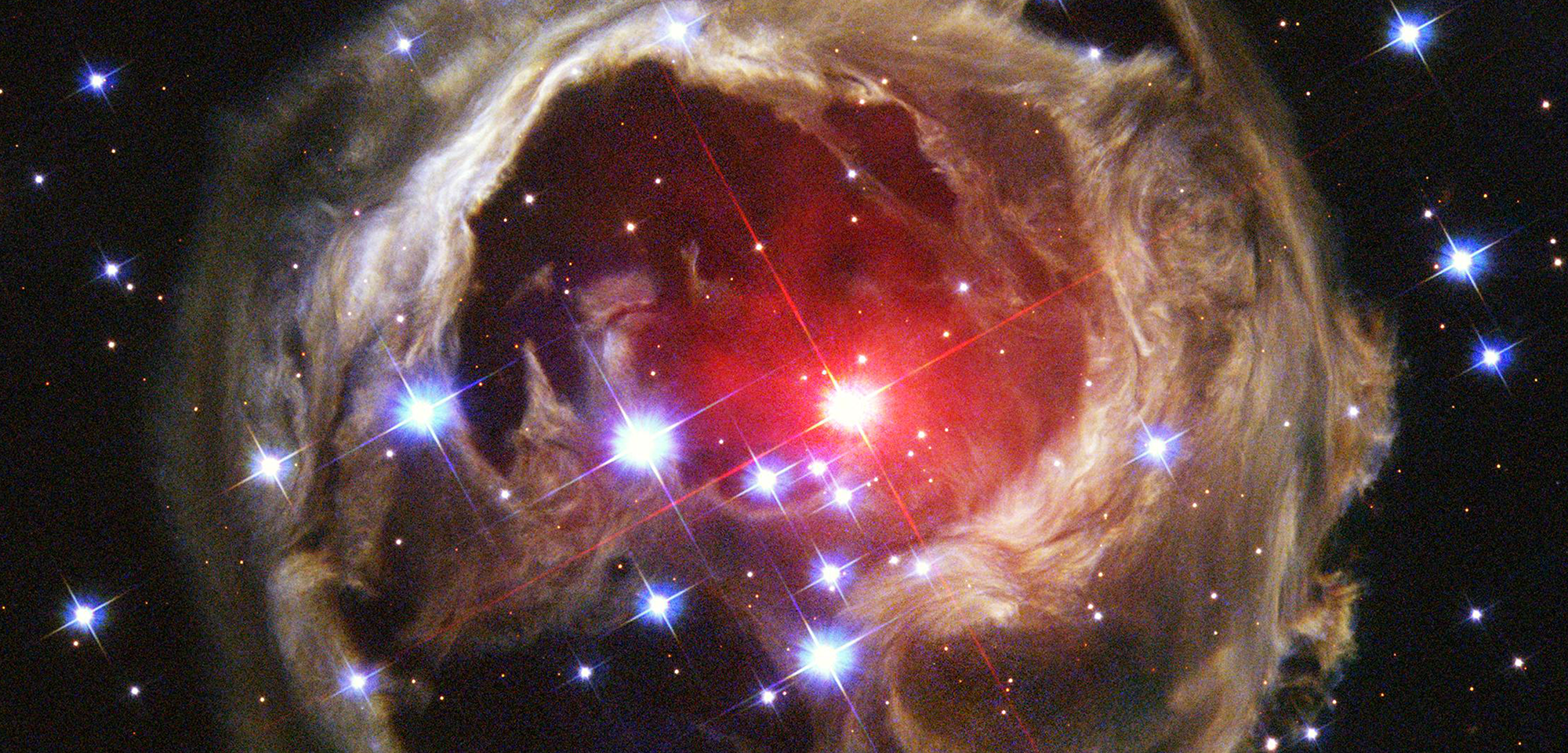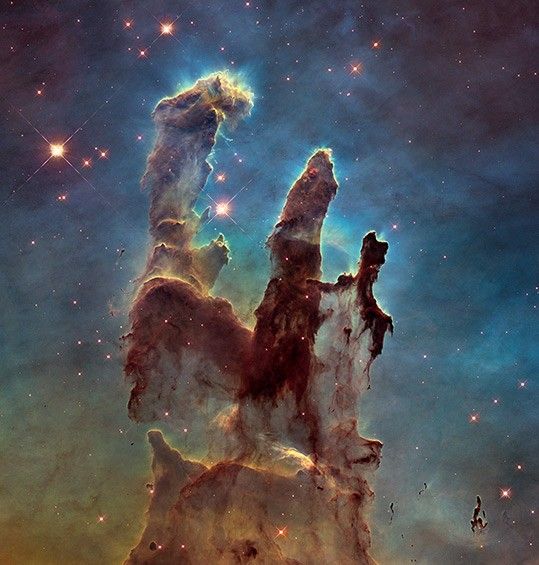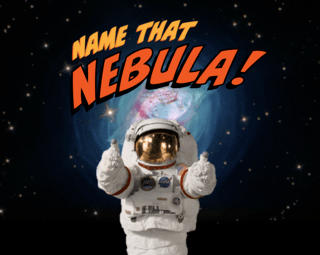Hubble Studies Star Ages in Colorful Galaxy
- Hubble Space Telescope has captured an image of the spiral galaxy NGC 6000, located 102 million light-years away, showcasing stars of various ages and colors.
- The galaxy’s center features older, smaller stars with a glowing yellow hue, while its outskirts boast brilliant blue star clusters hosting young, massive stars.
- Hubble’s sensitive detectors allowed researchers to detect the faint glow of recent supernovae explosions in nearby galaxies, providing insights into the masses of supernovae progenitor stars and their stellar companions.
- The image also features an asteroid drifting across Hubble’s field of view, which was captured using separate exposures with different filter settings to collect specific wavelengths of light.
- Since its 1990 launch, the Hubble Space Telescope has revolutionized our understanding of the universe, and this latest discovery is just one example of the many groundbreaking observations made by the telescope over the years.
2 min read
Hubble Studies Star Ages in Colorful Galaxy
Stars of all ages are on display in this NASA/ESA Hubble Space Telescope image of the sparkling spiral galaxy called NGC 6000, located 102 million light-years away in the constellation Scorpius.
NGC 6000 has a glowing yellow center and glittering blue outskirts. These colors reflect differences in the average ages, masses, and temperatures of the galaxy’s stars. At the heart of the galaxy, the stars tend to be older and smaller. Less massive stars are cooler than more massive stars, and somewhat counterintuitively, cooler stars are redder, while hotter stars are bluer. Farther out along NGC 6000’s spiral arms, brilliant star clusters host young, massive stars that appear distinctly blue.
Hubble collected the data for this image while surveying the sites of recent supernova explosions in nearby galaxies. NGC 6000 hosted two recent supernovae: SN 2007ch in 2007 and SN 2010as in 2010. Using Hubble’s sensitive detectors, researchers can discern the faint glow of supernovae years after the initial explosion. These observations help constrain the masses of supernovae progenitor stars and can indicate if they had any stellar companions.
By zooming in to the right side of the galaxy’s disk in this image, you can see a set of four thin yellow and blue lines. These lines are an asteroid in our solar system that was drifting across Hubble’s field of view as it gazed at NGC 6000. The four lines are due to four different exposures recorded one after another with slight pauses in between. Image processors combined these four exposures to create the final image. The lines appear dashed with alternating colors because each exposure used a filter to collect very specific wavelengths of light, in this case around red and blue. Having these separate exposures of particular wavelengths is important to study and compare stars by their colors — but it also makes asteroid interlopers very obvious!
Media Contact:
Claire Andreoli (claire.andreoli@nasa.gov)
NASA’s Goddard Space Flight Center, Greenbelt, MD

